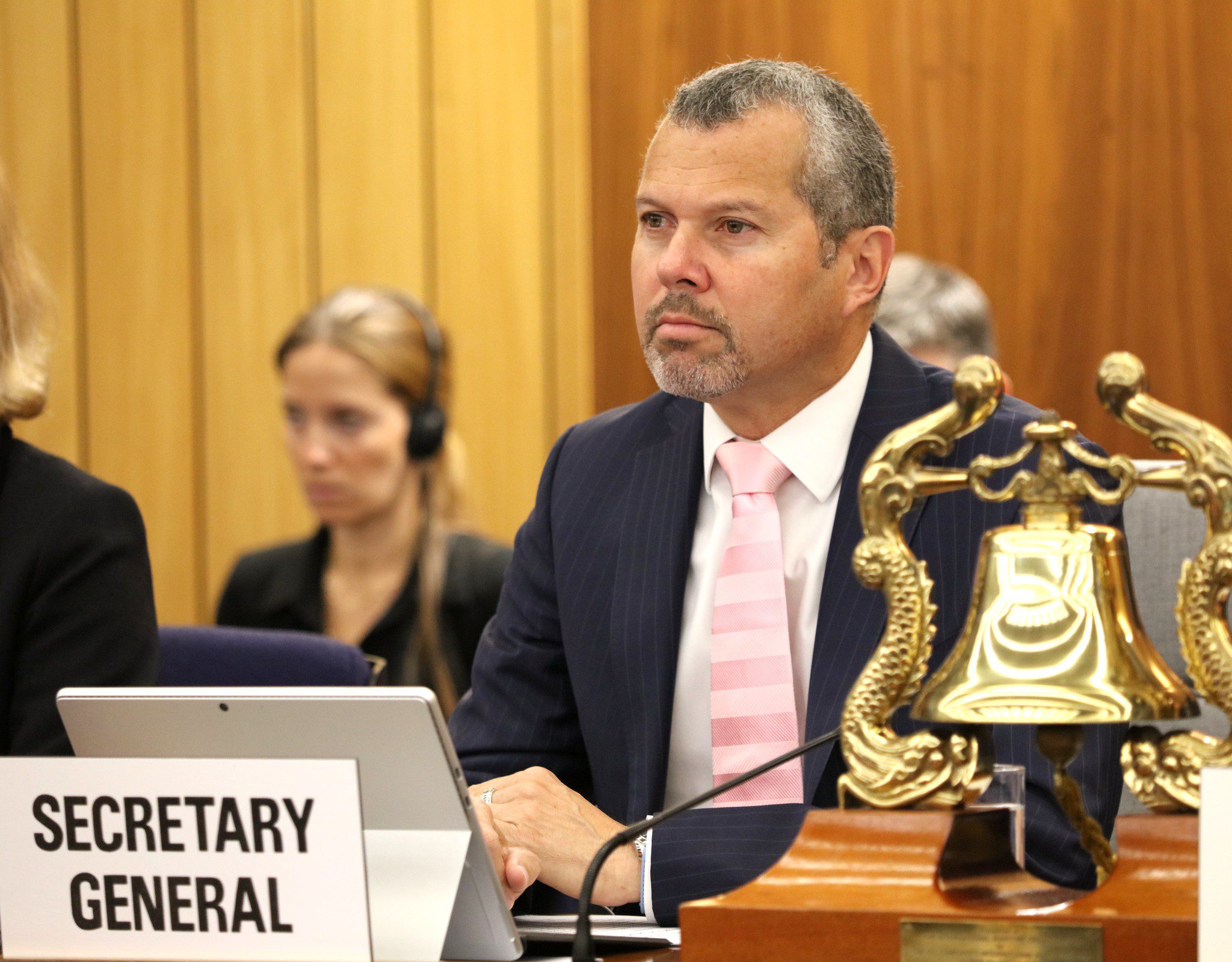Growth in the global demand for oil is projected to experience a significant slowdown in the coming years before stalling out this decade amid the transition to cleaner energy, according to a new report from the International Energy Agency (IEA).
The report, titled Oil 2023 medium-term market report, predicts that global oil demand will rise by 6% between 2022 and 2028, reaching 105.7 million barrels per day (mb/d), supported by robust demand from the petrochemical and aviation sectors. However, despite this cumulative increase, annual demand growth is expected to dwindle from 2.4 mb/d this year to just 0.4 mb/d in 2028, indicating global oil is approaching peak demand.
The global energy crisis, driven by soaring prices and concerns over supply security, has accelerated the transition towards cleaner energy technologies. One of the key drivers of the decline will be the transportation sector, according to the report. After 2026, the use of oil for transport fuels is projected to diminish as electric vehicles become more prevalent, biofuels gain traction, and fuel efficiency improves.
“The shift to a clean energy economy is picking up pace, with a peak in global oil demand in sight before the end of this decade as electric vehicles, energy efficiency and other technologies advance,” said IEA Executive Director Fatih Birol. “Oil producers need to pay careful attention to the gathering pace of change and calibrate their investment decisions to ensure an orderly transition.”
Global oil markets have been slowly readjusting after a turbulent few years, initially due to the Covid-19 pandemic and subsequently disrupted by Russia’s invasion of Ukraine. The global energy crisis triggered by the war in Ukraine has led to significant redrawing of global trade flows.
The new report suggests that global oil markets could tighten in the coming months as production cuts by the OPEC+ alliance temper the rise in global oil supplies. However, the report also indicates that the various strains on the markets are expected to ease in the subsequent years.
While China experienced a rebound in oil demand in the first half of 2023 after lifting its strict Covid-19 restrictions, growth in demand is forecasted to slow considerably starting in 2024. Nevertheless, increasing petrochemical demand and strong consumption growth in emerging and developing economies will compensate for a contraction in advanced economies, according to the report.
Investments in oil and gas exploration, extraction, and production are on track this year to reach their highest levels since 2015, with a projected 11% year-on-year growth to US $528 billion in 2023. Although this level of investment can adequately meet the forecasted demand in the medium term, it exceeds the amount required to achieve net-zero emissions, according to the report.
The report’s projections assume that major oil producers will continue to expand capacity, even as demand growth slows. As a result, there is expected to be a spare capacity cushion of at least 3.8 mb/d, primarily concentrated in the Middle East. However, the report highlights several factors that could impact market balances over the medium term, including uncertain global economic trends, decisions made by OPEC+, and China’s refining industry policies.
Looking at the medium-term plans for increasing global supply capacity, oil-producing countries outside the OPEC+ alliance, particularly the United States, Brazil, and Guyana, dominate the projections with an expected rise of 5.1 mb/d by 2028. Within OPEC+, Saudi Arabia, the United Arab Emirates, and Iraq lead the capacity-building plans, while African and Asian members are anticipated to face challenges with declining production. Additionally, Russian production is expected to decline due to sanctions. Overall, the report forecasts a net capacity gain of 0.8 mb/d from the 23 members of OPEC+ throughout the forecast period.
In the refining sector, the excess global capacity has been reduced through closures, conversions to biofuel plants, and project delays since the pandemic. Combined with a significant drop in Chinese oil product exports and disruptions in Russian trade flows, this has resulted in record profits for the industry in the past year. Although the report anticipates that net refinery capacity additions will surpass the growth in demand for refined products by 2028, diverging trends among different products mean that a repeat of the tightness experienced in middle distillates in 2022 cannot be ruled out.

 Join The Club
Join The Club











